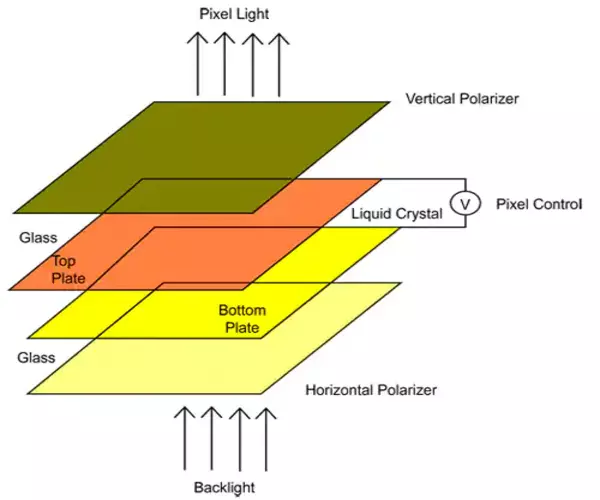TFT (Thin Film Transistor) technology is widely used in the manufacture of flexible display panels. TFTs are used to control the individual pixels of a display, allowing them to be turned on or off to create an image. A research team demonstrates the fabrication of an organic-inorganic hybrid dielectric layer for high-performance solution-processed oxide transistors.
Advances in display technology drive the development of electronic products with foldable and flexible panels. Thin-film transistors (TFTs) are built into flexible displays and serve as an on/off light switch for the display. At the same time, important considerations for the advancement of next-generation displays include electrical charge transmission velocity, operation stability, and cost reduction.
A POSTECH research team recently proposed a highly efficient crosslinking strategy for a dense and defect-free thin-film organic-inorganic hybrid dielectric layer. The study’s findings were published in the journal Nature Communications.
Our thin-film transistors’ efficiency and stability will enable next-generation flexible electronic devices such as flexible electronics and wearables. The new oxide semiconductor material is expected to aid in the development of fundamental technologies for the memory, display, and other industries.
Professor Dae Sung Chung
The global evolution of IoT has raised interest in metal-oxide semiconductor-based circuits with low standby power consumption. Attention has been particularly keen on TFT materials capable of low-cost solution processing. Among several solution-processable semiconductors, metal oxides are regarded as the most successful material platforms for TFTs mainly because of their high charge carrier mobility and operational stability.
Professor Dae Sung Chung (Department of Chemical Engineering) and his team propose a highly efficient crosslinking strategy for organic-inorganic hybrid dielectric layers, which covalently connect inorganic particles to polymers. The researchers used azide-functionalized acetylacetonate to develop a dense and defect-free thin-film morphology of organic-inorganic hybrid dielectrics.

To enhance the performance of flexible display panels using TFT technology, here are some strategies that can be considered:
- Improve the quality of the TFT material: The performance of the TFTs depends on the quality of the material used to fabricate them. To enhance the performance of the flexible display panel, manufacturers can use high-quality TFT material that has better electron mobility, higher carrier concentration, and lower trap density.
- Optimize the manufacturing process: The performance of the TFTs can also be enhanced by optimizing the manufacturing process. This can include optimizing the deposition parameters, the annealing process, and the patterning process to ensure that the TFTs are fabricated with high precision and uniformity.
- Use novel TFT designs: Novel TFT designs can also enhance the performance of flexible display panels. For example, manufacturers can use organic TFTs (OTFTs) or amorphous oxide TFTs (AOTFTs) instead of traditional TFTs. These newer designs can offer improved performance, such as higher electron mobility and lower power consumption.
By implementing these strategies, manufacturers can enhance the performance of flexible display panels using TFT technology, resulting in better image quality, lower power consumption, and longer lifespan.
This method reduces leakage current, allowing for low-power driving. Furthermore, dielectrics with excellent physical properties can be produced using a simple solution process. This reduces the manufacturing cost of thin-film transistors while also allowing for low-temperature thermal treatment, allowing them to be fabricated on flexible substrates.
The lead researcher, Professor Chung, explained, “Our thin-film transistors’ efficiency and stability will enable next-generation flexible electronic devices such as flexible electronics and wearables. The new oxide semiconductor material is expected to aid in the development of fundamental technologies for the memory, display, and other industries.”
















